PageRefuge
BACK TO FULL TOUR
Garden Features
Drought Tolerant
Edible Garden
California Natives
Pesticide Free
Sheet Mulching
Lawn Conversion
Lawn-Free Landscaping
Permeable Surfaces
Wildlife Habitat
Partner: 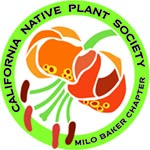
PageRefuge is the name of my garden which I began planting after I completed the sheet mulching was complete in the Fall, 2021. I hand watered the first year but now I do not believe watering will be necessary except when I put additional plants in the yard. The front, West side and back can all be available for visiting. There is a gate which I can leave open AND keep Shasta, my dog, inside. The garden area is approximately 3000+/- square feet.
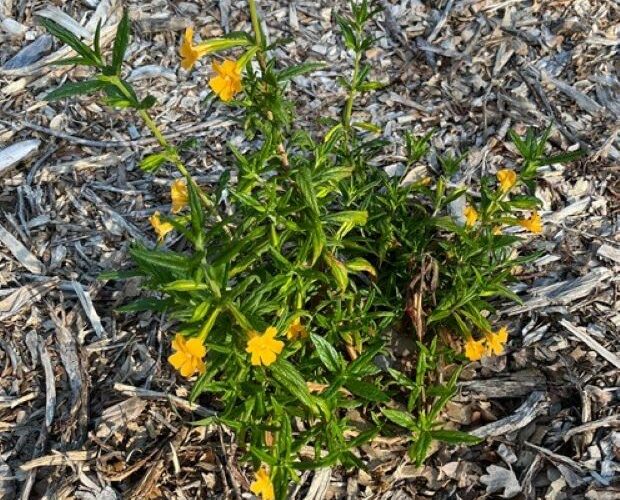
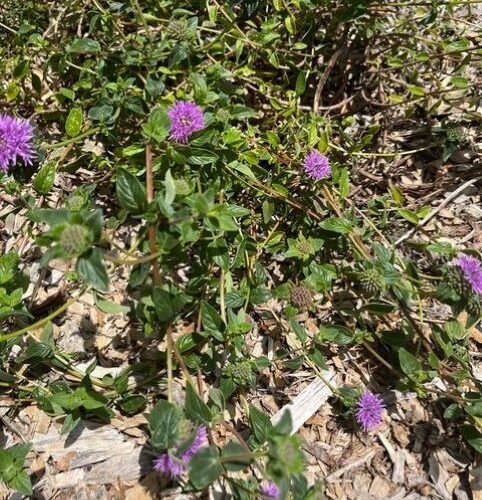
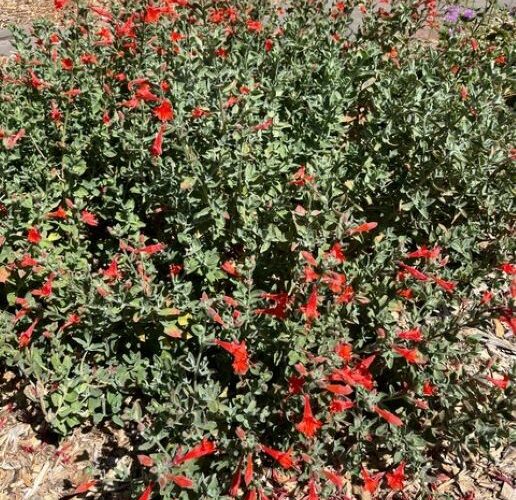
Plants in this Garden
-
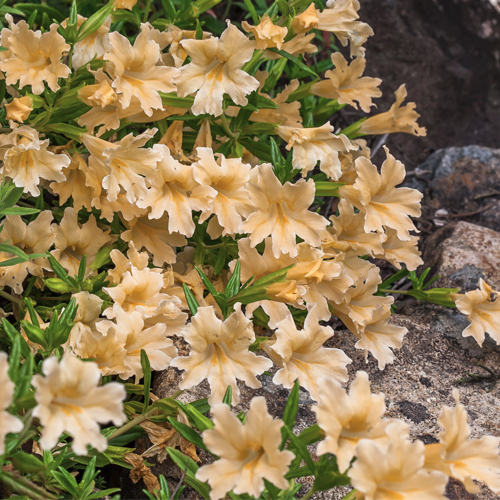
Mimulus aurantiacus and hybrids Sticky Monkey Flower
-
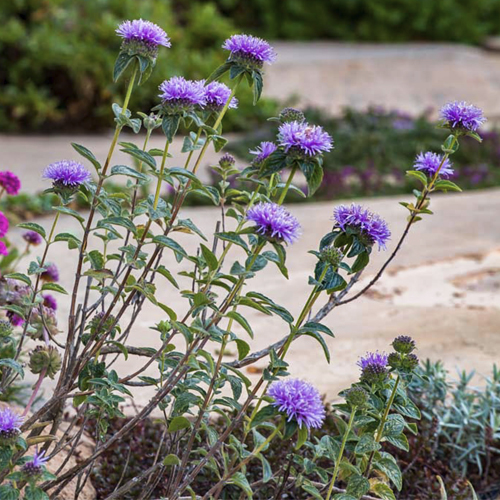
Monardella villosa Coyote Mint
-
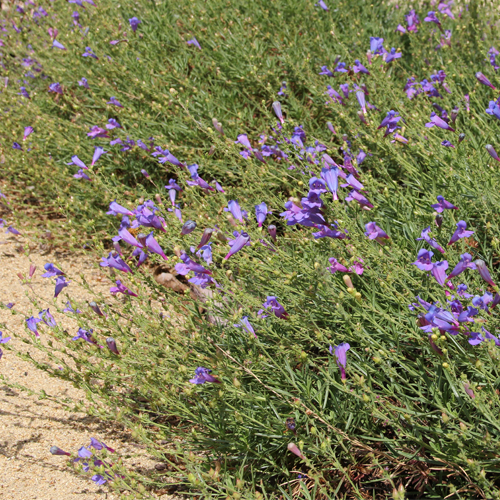
Penstemon heterophyllus Blue Foothill Penstemon, California Penstemon
-
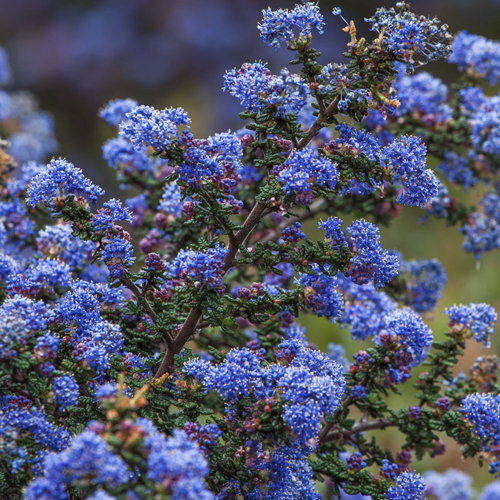
Ceanothus spp & cvs Ceanothus
-
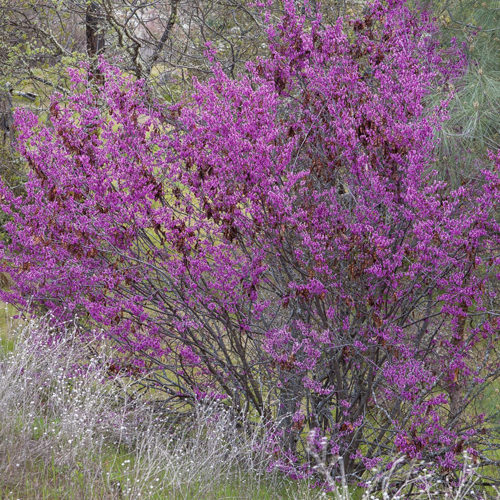
Cercis occidentalis Western Redbud
-
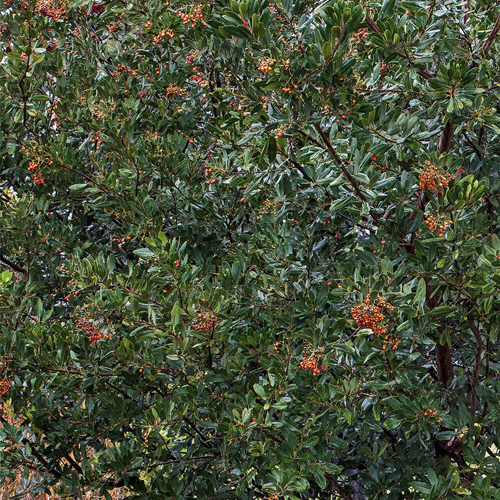
Heteromeles arbutifolia Toyon
-
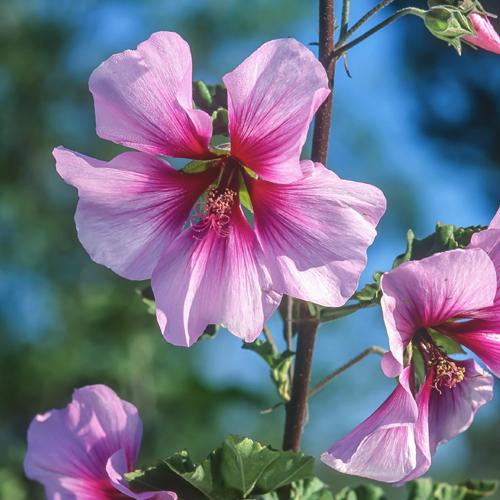
Lavatera maritima Bush Mallow
-
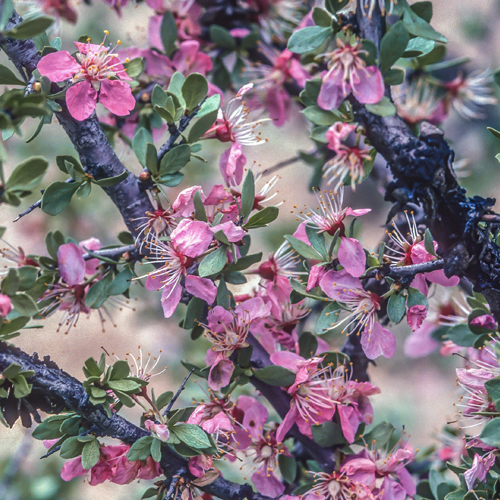
Prunus spp Prunus
-
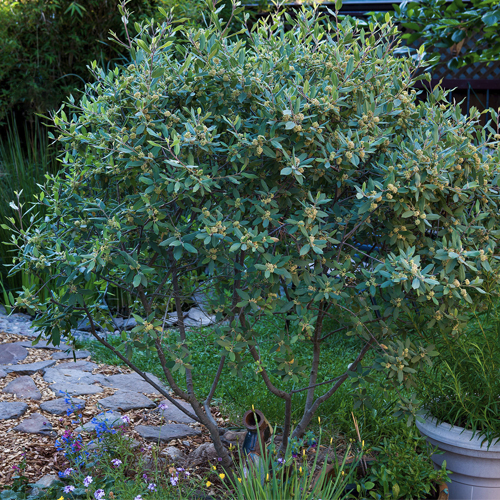
Rhamnus [Frangula] californica Coffeeberry
-
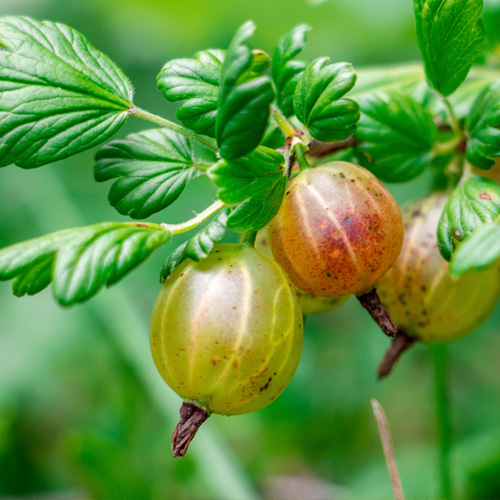
Ribes spp Currant, Gooseberry
-
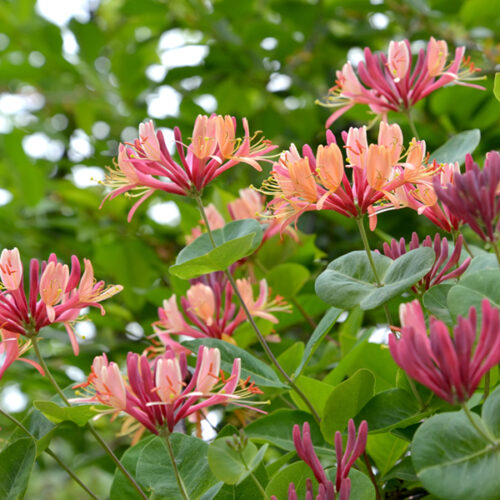
Lonicera spp Honeysuckle
-
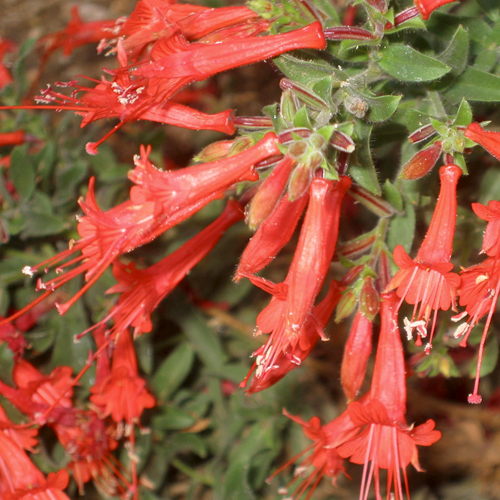
Zauschneria [Epilobium] spp California Fuchsia
-
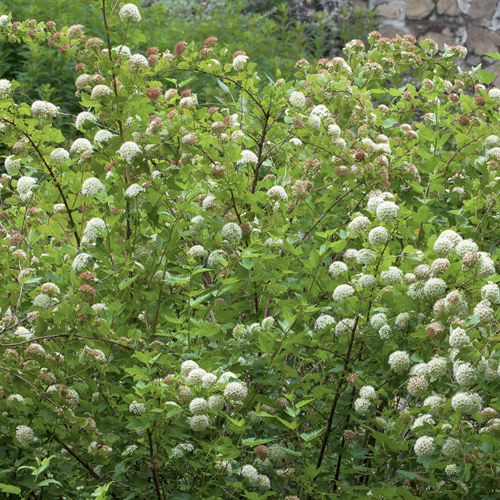
Physocarpus capitatus Pacific Ninebark

The orange, tubular flowers of sticky monkey flower can be enjoyed in many locations throughout Sonoma and Marin counties in spring and summer, a testament to how well this plant is adapted to hot and dry conditions. The slightly sticky leaves benefit from light pinching and pruning to maintain an attractive appearance and support for the beautiful flowers. Many hybrids provide color variation. Do not confuse this plant with the red-flowered scarlet monkey flower (Mimulus cardinalis), an herbaceous riparian plant that requires regular water to thrive.
- Water: Very Low
- Light: Full SunPartial Shade
- Soil: Sandy

Coyote Mint is a compact perennial or sub-shrub with aromatic foliage and a sprawling habit. Dense heads of purple flowers form in spring-to-summer that are attractive to butterflies and other insects. The low-growth habit of coyote mint makes it an excellent choice for the front of a border, along the edge of a path, or beneath larger shrubs such as manzanita or ceanothus. Monardella villosa spp. franciscana ‘Russian River’ and Monardella villosa spp. villosa ‘Mark West’ are available selections from Sonoma County.
- Water: Very Low
- Light: Full Sun
- Soil: Most Soils

Penstemons are a large group of woody or herbaceous perennials with narrow leaves and tubular flowers. Foothill penstemon is a widely known and grown California native with iridescent purple-blue flowers during spring and early summer that are attractive to hummingbirds. The cultivar known as ‘Margarita BOP’ is widely available, reliable, and garden- tolerant. Remove spent flower spikes to encourage more flowers.
- Water: Low
- Light: Full SunPartial Shade
- Soil: Well Drained

Ceanothus is a group of fast-growing, evergreen shrubs that vary from groundcovers to small trees, many of which are native to California. They provide a spectacular display of flowers in spring that will attract a multitude of pollinators. Flowers are followed by seeds that provide food for birds. The clusters of tiny flowers range from white to deep violet. Plants perform best with good drainage and minimal irrigation once established. Some do best in cooler coastal climates, but many thrive in hotter inland climates. Pay close attention to the mature size when selecting ceanothus to ensure that it has sufficient space for its natural form.
Groundcovers: C. ‘Centennial’ (1’ x 8’), C. gloriosus var. gloriosus ‘Anchor Bay’ (2’ x 8’), C. griseus var. horizontalis ‘Diamond Heights’ (variegated, 1’ x 4’), C. griseus var. horizontalis ‘Yankee Point’ (3’ x 12’), C. maritimus (2’ x 6’).
Shrubs: C. ‘Blue Jeans’ (6’ x 6’), C. Concha (6’ x 6’), C. ‘Dark Star’ (6’ x 8’), C. ‘Joyce Coulter’ (4’ x 12’), C. ‘Julia Phelps’ (8’ x 10’), C. cuneatus (8’ x 8’), C. thyrsiflorus ‘Skylark’ (4’ x 6’).
Large shrubs: C. ‘Frosty Blue’ (10’ x 12’), C. thyrsiflorus (20’ x 20’), C. t. ‘Snow Flurry’ (white flower, 20’ x 20’).
Trees: C. ‘Ray Hartman’ (15′ x 15′)
- Water: Very LowLow
- Light: Full SunPartial Shade
- Soil: Well Drained

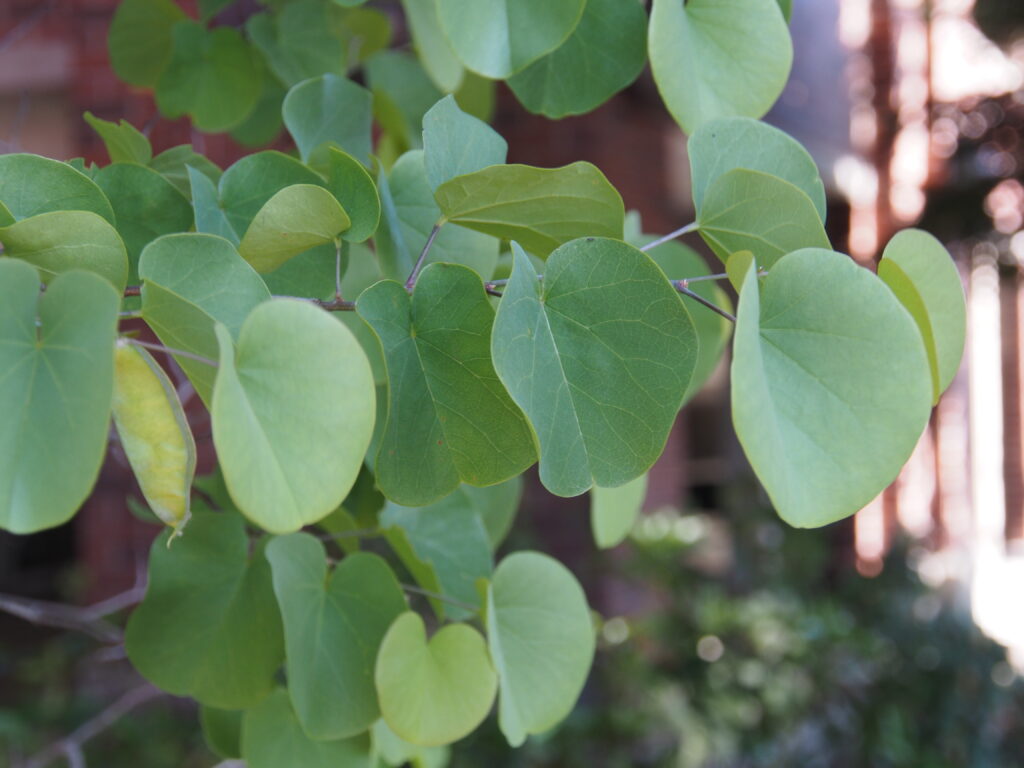
Western redbud is an ornamental, multi-trunked and deciduous, large shrub or small tree with year-round interest that provides a California native and very low-water alternative to the moderate-water Cercis canadensis. Magenta to rosy pink blossoms that resemble pea flowers cover bare branches in late winter to early spring. Apple green, heart-shaped leaves emerge to accompany the flowers. Over the summer, the leaves become more leathery and bluish green, and seed pods mature and remain into the winter months.
- Water: Very Low
- Light: Full SunPartial Shade
- Soil: Most Soils

California native, evergreen shrub or small tree often seen growing in Sonoma and Marin county wildlands. Lacy, white flower clusters in spring attract pollinators; red berries in winter provide a splash of color and an important food source for birds. The name “Hollywood” was born from the abundance of toyon in the hills of southern California and its resemblance to European holly. The cultivar ‘Davis Gold’ has yellow berries and may be more disease-resistant than the species.
- Water: Low
- Light: Full SunPartial Shade
- Soil: Well Drained

Large, fast-growing, Mediterranean evergreen shrub with large, pinkish lavender and purple hibiscus-like flowers from spring into fall. Excellent accent plant for a sunny location or part shade in hotter areas with good drainage.
- Water: Low
- Light: Full Sun
- Soil: Most Soils

Large group of evergreen and deciduous shrubs and trees that includes many ornamental species as well as others that produce edible fruit.
Examples:
- Apricot, nectarine, peach, and plum trees are all classified as having low-water use in Sonoma and Marin counties. Consult local nurseries for available types and specific growing requirements.
- Carolina laurel cherry (P. caroliniana, 20-30’ x 15-20’) is an upright, evergreen shrub from North Carolina to Texas where it grows as an understory plant. Its small, white flowers in spring are followed by small black fruit. P. c. ‘Compacta’ (10-15’ x 6-8’) is a popular smaller form.
- Hollyleaf cherry (P. ilicifolia, 10-25’ x 10-25’) is an evergreen shrub from central California to Baja California. Creamy white flowers in narrow spikes in late spring to early summer are followed by fruits that attract many species of birds. Can be used as a hedge or screen, as well as for erosion control.
- Catalina cherry (P. ilicifolia spp. Lyonii, 30-45’ x 20-30’) is native to the Channel Islands.
- Water: Low
- Light: Full Sun
- Soil: Well Drained

Evergreen shrub that has insignificant flowers followed by black berries. Flowers are attractive to pollinators, especially bees, and berries provide a food source for birds. Cultivars commonly sold in nurseries have differing growth habits and are often smaller than the species which grows 5-18’ x 10-18’.
Examples: F. c. ‘Eve Case’ (6-8’ x 6-8’), R. c. ‘Leatherleaf’ (5-6’ x 5-6’), R. c. ‘Mound San Bruno’ (6-8’ x 6-8’) with a dense, mounding growth habit.
Note: California coffeeberry was formerly classified as Rhamnus californica and is now classified as Frangula californica.
- Water: Low
- Light: Full SunPartial Shade
- Soil: Most Soils

Currants (without spines) and gooseberries (with spines) are grown for their graceful growth habit, attractive foliage, wonderful displays of pendulous flowers in winter-spring that are attractive to hummingbirds, and colorful fruit that provides a food source for birds. Most of the species listed are deciduous, going dormant in the summer months.
Examples: Some of the species suitable for California gardens, preferably with partial shade, are native to the Western United States:
- aurem, golden currant (5-10’ x 3-6’), deciduous with small clusters of delicate yellow flowers and sprawling habit.
- malvaceum, chaparral currant (4-8’ x 4-6’), deciduous with early clusters of pink flowers, a slightly vase-shaped habit, and more drought-tolerant than most species.
- sanguineum var. glutinosum, pink-flowering currant (5-12’ x 5-12’), deciduous with maple-like leaves, a vase-shaped habit, and long pendulous clusters of pink, reddish, or white flowers in the spring; many available cultivars such as ‘Claremont’, ‘Tranquillon Ridge’, and ‘White Icicle’.
- speciosum, fuchsia-flowered gooseberry (4-8’ x 6-10’), deciduous with spiny, arching stems and bright red fuchsia-like flowers along the stems in the spring that are attractive to hummingbirds.
- viburnifolium, evergreen currant or Catalina perfume (2-4’ x 5-7’), evergreen groundcover that works well under oaks and can provide erosion control to slopes.
- Water: Very LowLow
- Light: Full SunPartial ShadeShade
- Soil: Well Drained

Honeysuckle is a varied group of evergreen and deciduous shrubs and vines with fragrant, tubular flowers. Several species are native to California and are well suited to gardens in Sonoma and Marin counties. Flowers are attractive to bees and hummingbirds and berries provide food for birds.
Examples: California honeysuckle (Lonicera hispidula) is a deciduous, vining shrub often seen growing in woodland environments. Cream and pink flower clusters in spring are followed by red berries in late summer. Twinberry (Lonicera involucrata, 6-10’ x 6-10’) is a deciduous shrub that typically grows along streams and other moist places. Tubular, red and yellow flowers grow in pairs, followed by dark pairs of berries. Provide light shade in warmer locations.
- Water: Low
- Light: Full SunPartial Shade
- Soil: Well Drained

Group of highly variable, semi-evergreen subshrubs and herbaceous perennials distributed over a wide geographic area, including California. Epilobiums bloom in late summer with tubular flowers providing a food source for hummingbirds migrating south and are also attractive to bees and butterflies. Epilobiums range from low-growing groundcovers to upright plants of several feet. Flower colors include orange-red, white, pink, and salmon. Most can be pruned back in late autumn to maintain a more compact form and be rejuvenated for the following year.
Low-growing examples: E. ‘Schieffelin’s Choice’; E. canum ‘Calistoga’, a selection from Phil Van Soelen from California Flora Nursery from the Palisades east of Calistoga; E. canum ‘Cloverdale’, a selection from U.C. Santa Cruz Arboretum from along the Russian River north of Cloverdale with exceptionally orange flowers; E. c. ‘Everett’s Choice’, E. c. ‘Summer Snow’ with white flowers, and E. septentrionale ‘Select Mattole’, a somewhat redder flowering selection that is more shade-tolerant.
Upright examples: E. c. ‘Bowman’s Hybrid’ (2-3’), E. c. ‘Catalina’ (3-4’), E. c. ‘Liz’s Choice’ (3’) selected by Milo Baker Chapter CNPS Fellow Liz Parsons, E. c. ‘Marin Pink’ (2’) with pink flowers.
- Water: Low
- Light: Full Sun
- Soil: Well Drained

Deciduous shrub native to western North America, including California, that resembles spirea with small clusters of white flowers. Prefers light shade and some moisture while getting established. Prostrate western ninebark (P. c. ‘Tilden Park’, 3’ and spreading) is a groundcover form from San Bruno Mountain.
- Water: Low
- Light: Full SunPartial Shade
- Soil: Most Soils
Favorite Plants
Aristolochia
Dutchman’s Pipevine
Chilopsis linearis
Desert Willow
Cornus sericea occidententalis
‘Tomales Bay’ Western Twig Dogwood
Salvia apiana
White Sage
Styrax redivius
Snowdrop Bush
Favorite Garden Suppliers
CalFlora Nursery
2990 Somers Street Fulton
Recommended Resources
A Book of Salvias: Sages for Every Garden
Written by Betsy ClebschWildflowers of Northern California’s Wine County & North Coast Ranges
Written by Reny ParkerGardening Tips
Take out your lawn.
Take out your lawn which is easily done by sheet mulching with a thick layer of cardboard then 10 to 12” of wood chips which you can usually get for free or a nominal fee from companies that cut down and chips trees, plant natives (once established these will require no water during the hot months) in the Fall to allow for maximum root growth.
Frequent your local California Native Plant Society’s plant sales